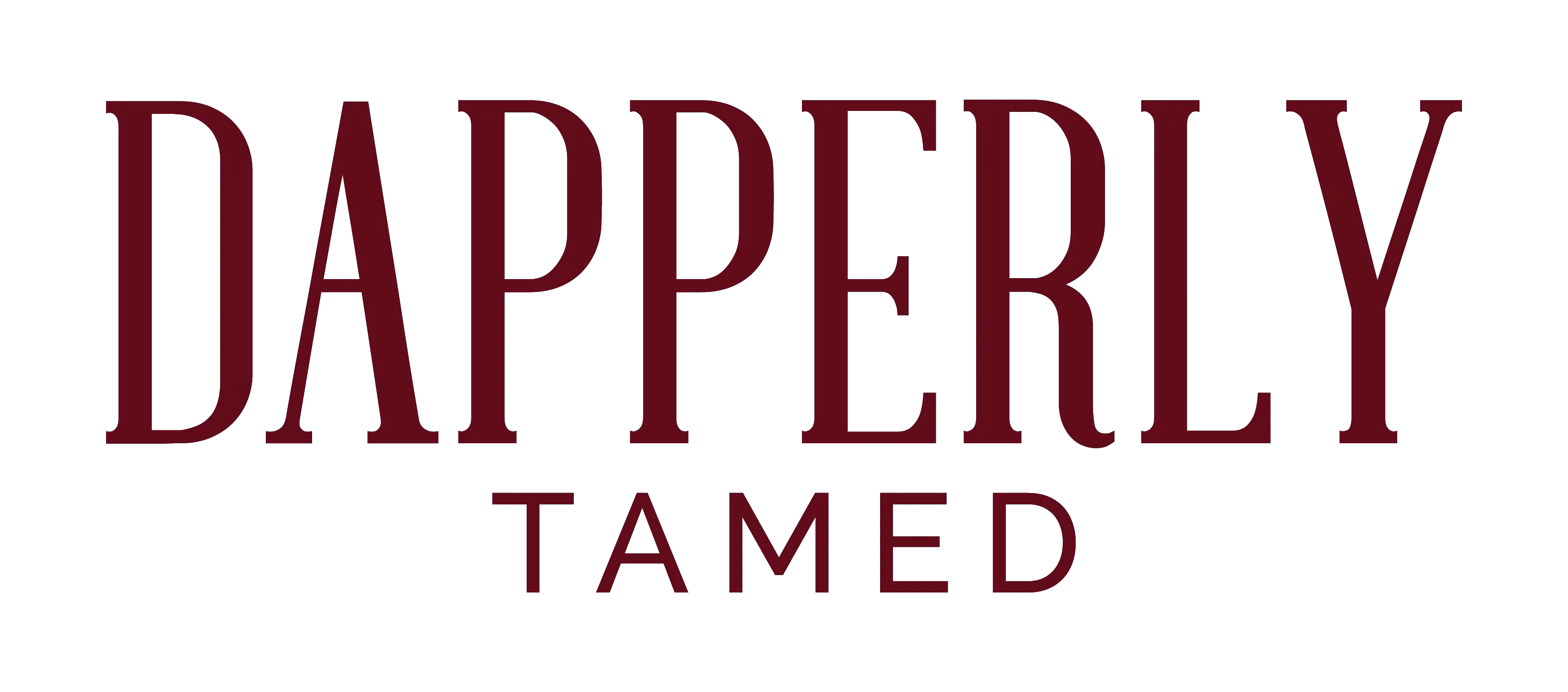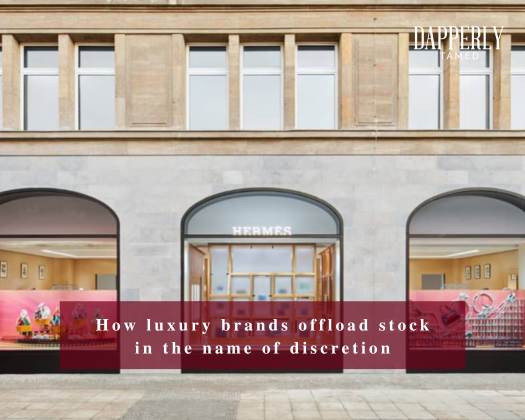Luxury Inventory Management: A Discreet Dance of Exclusivity and Sustainability
Introduction:
The world of luxury fashion, synonymous with opulence and exclusivity, faces a challenge that extends beyond the runway—the management of excess stock. Traditionally associated with fast fashion, the issue of unsold inventory has found its way into the realm of luxury brands, prompting discreet and strategic methods to maintain brand image and exclusivity. In this article, we delve into the sophisticated world of luxury inventory management, exploring how high-end brands navigate the delicate balance between discrete offloading and sustainability.
The Dilemma of Excess Stock:
Luxury brands, despite their aura of scarcity and prestige, grapple with the reality of excess stock, particularly during periods of weakened consumer demand. Images of unsold inventory evoke thoughts of fast fashion brands, but the issue is prevalent among luxury labels as well. The growth rate for 2023 is expected to be significantly lower than the industry's achievements in 2022, leaving many luxury brands with surplus stock as the year concludes.
Discreet Solutions:
Outlet Stores and Off-Price Channels:
Luxury brands turn to outlet stores and off-price retail channels as discreet avenues to offload excess stock. Situated away from flagship stores, these outlets allow brands to sell surplus inventory at discounted prices without diluting the exclusivity associated with their main establishments.
Avoiding Deep Discounting:
Luxury brands aim to sidestep deep discounting, which could tarnish their prestigious image. To achieve this, they opt for more subtle ways to unload unsold inventory "without appearing desperate."
Network of Unofficial Resellers:
With the prohibition of incineration due to new EU regulations, luxury brands are exploring a network of unofficial resellers. These entities acquire excess goods and capitalize on regional price disparities. Some brands, despite attempts to curtail this practice, are reportedly directly providing inventory to these resellers.
Direct Control of Sales Channels:
Many luxury brands are updating their strategies by minimizing wholesale accounts to avoid seasonal markdowns. Instead, they establish directly controlled concessions in department stores and prioritize selling through their retail network. This approach grants full control over pricing and inventory.
Preserving Exclusivity:
Private Sales Events:
Brands like Hermès organise private sales events, creating an exclusive atmosphere. These events provide a controlled environment where excess inventory can be discreetly offered to a select group of customers.
Exclusive Invitations:
Luxury brands send exclusive invitations to a select clientele or even internal staff, offering them the opportunity to purchase excess stock. This approach maintains exclusivity and reinforces a sense of privilege among a loyal customer base.
Embracing Sustainability:
As environmental concerns gain prominence, luxury brands are steering away from the controversial practice of destroying excess stock. The shift toward sustainability aligns with changing consumer expectations and regulatory requirements.
Conclusion:
In the intricate dance between maintaining exclusivity and managing excess stock, luxury brands are adapting to the evolving landscape of consumer expectations and sustainability. From discreet outlets to carefully curated private events, the world of high-end fashion is redefining its approach to inventory management, ensuring that even in the realm of surplus, the aura of exclusivity remains untarnished. As the luxury industry continues to evolve, this delicate balance may well become a defining characteristic of its resilience and adaptability.









